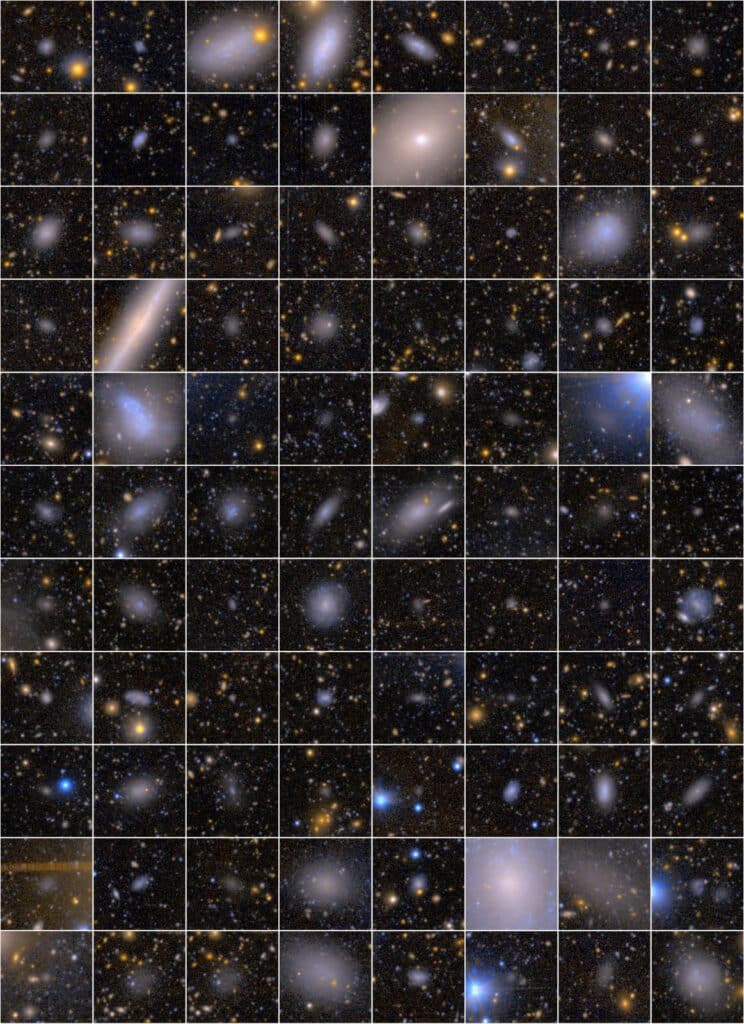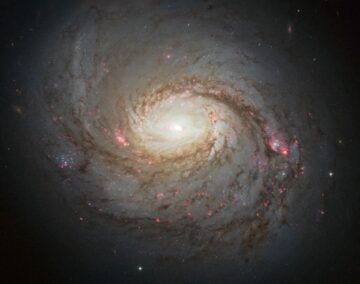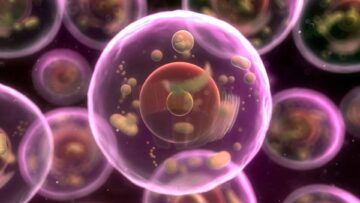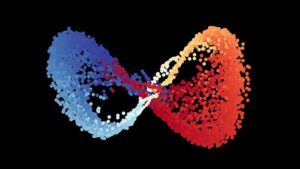Astronomers are constantly attempting to determine how much of what we observe in the heavens is common and how much is particular to the region. Astronomers can now examine far-off galaxies in detail and compare them to what we know about the Milky Way, just as the ability to study planets surrounding other stars has given us fresh insights into the planets in the Solar System.
Smaller satellite galaxies orbit large galaxies like the Milky Way. A lot less than theoretically predicted, more than 50 satellite galaxies have been found in the Milky Way’s neighborhood. The satellite galaxies of the Milky Way are also discovered to be clustered together, despite predictions that they should be evenly distributed.
New observations of nine distant galaxies taken with the Subaru Telescope show that the swarms of smaller satellite galaxies around the main galaxies have important similarities and differences compared to the satellite galaxies around the Milky Way. This shows that the Milky Way is a somewhat normal galaxy, but not completely normal.
Scientists noted, “This result is important for understanding to what extent we can apply what we know about the local environment to the rest of the Universe.”
Scientists at the National Astronomical Observatory of Japan (NAOJ) took images of nine galaxies with masses similar to the Milky Way- each about 50 to 80 million light-years away. Scientists carefully detected 93 candidates for faint, small satellite galaxies in these images.

Even though the number of satellite galaxies orbiting the Milky Way varied widely, the number of satellites per the main galaxy was comparable, suggesting that the Milky Way has a typical number of satellite galaxies. Additionally, the distribution of the satellite galaxies surrounding the primary galaxies was uniform, which was in line with projections but not with what is known about the Milky Way.
Masashi Nashimoto, a research fellow at NAOJ (currently a JSPS research fellow at the University of Tokyo), commented: “These results are valuable information for statistically examining various issues related to satellite galaxies. On the other hand, some objects were not identified as satellite galaxies, and we expect to identify them by further observations.”
“Satellite galaxies provide clues to how the main galaxy formed, so improving our understanding of them helps us to understand the evolution of galaxies in general, and the Milky Way in particular, which created the conditions where the Earth and life could form.”
Journal Reference:
- Masashi Nashimoto, Masayuki Tanaka et al. The Missing Satellite Problem outside of the Local Group. II. Statistical Properties of Satellites of Milky Way–like Galaxies. ApJ 936 38. DOI: 10.3847/1538-4357/ac83a4













